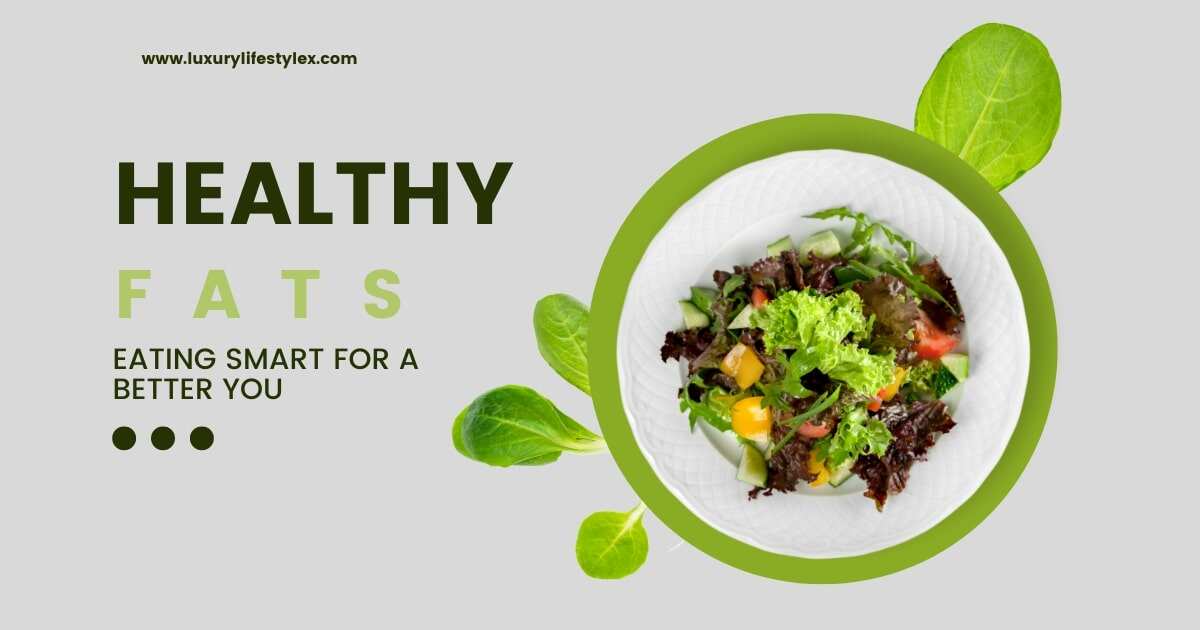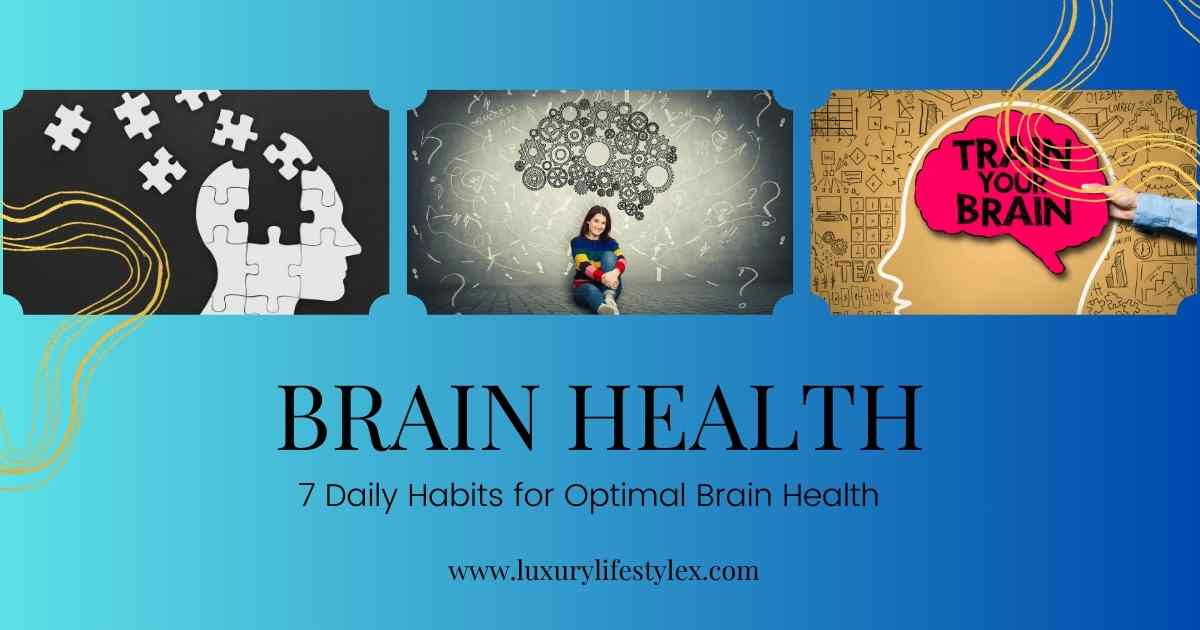Introduction
Your daily diet is intricately connected to your overall health and well-being, and one of the most contentious players in this grand scheme is the often misunderstood ‘fat.’ For years, fats have been vilified as the enemy of good health, but the truth is far more nuanced. Different types of fats have vastly different effects on your body, and understanding this distinction can be a game-changer in your journey toward a healthier lifestyle. In this comprehensive guide, we will tackle the mysteries of fats, discerning the healthy choices from the harmful ones.
Understanding Fats
Overview of Different Types of Fats
Fats are essential macronutrients critical to the structure and function of every cell in your body. They provide energy, support healthy skin, and help your body absorb and transport essential vitamins. Chemically, fats are chains of carbon atoms bonded to hydrogen atoms. The number of bonds between each carbon atom differentiates the types of fats.
Fats and Their Benefits
Monounsaturated and polyunsaturated fats are considered beneficial when consumed in moderation, providing nutrients and supporting overall health. While essential in small quantities, saturated fats can become problematic in excessive intake. Trans fats, on the other hand, are the actual dietary demons, offering no known health benefits and are linked to an increased risk of heart disease.
Monounsaturated Fats
Monounsaturated fats are a cornerstone of the Mediterranean diet and are found in high quantities in olive oil, avocados, and many nuts and seeds. Studies have linked these fats to an improved lipid profile and a reduced risk of heart disease.
Polyunsaturated Fats
Polyunsaturated fats include the famed omega-6 and omega-3 fatty acids, which are essential, meaning our bodies can’t produce them, and we must get them from our diet. Omega-6 fats are found in plant-based oils, while omega-3s are predominantly found in fish and flaxseeds.
Omega-3 Fatty Acids
Omega-3s aid in proper brain function, reduce inflammation, and are crucial for heart health, contributing to lower levels of ‘bad’ LDL cholesterol and higher levels of ‘good’ HDL cholesterol.
Healthy Fats and Their Benefits
Monounsaturated and Polyunsaturated Fats
Choosing monounsaturated and polyunsaturated fats over saturated and trans fats can help lower your risk of heart disease, improve your cholesterol levels, and provide vital nutrients for growth and development.
Benefits for Heart Health, Brain Function, and More
These fats play a crucial role in maintaining and improving health. Still, their benefits extend further: they support cognitive function, help manage depression and anxiety, and can aid in the prevention and management of chronic conditions such as diabetes and arthritis.
Unhealthy Fats and Their Risks
Saturated Fats
Saturated fats, often found in animal products and some plant sources, are associated with an increased risk of heart disease, as they raise ‘bad’ LDL cholesterol levels.
Trans Fats
Trans fats are created through hydrogenation, which makes the fat more stable and less likely to spoil. They are found in processed and fried foods, and evidence suggests they increase the risk of heart disease and stroke and are associated with a higher risk of developing type 2 diabetes.
Identifying Healthy Fats in Food
Examples of Foods Rich in Healthy Fats
A healthy diet should include a variety of fats from different sources. Incorporating foods rich in monounsaturated and polyunsaturated fats can be as simple as adding olives and avocado to your salads, a variety of nuts and seeds to your snacks, and choosing fatty fish, such as salmon, as a protein staple.
Tips for Incorporating Healthy Fats Into Meals
Cooking with olive or canola oil, using avocado as a spread, and enjoying a handful of almonds as a snack are just a few ways to integrate healthy fats into your daily meals seamlessly. Remember, balance is critical. Pairing healthy fats with a rainbow of fruits, vegetables, and whole grains ensures you’re reaping the full spectrum of nutritional benefits.
Avoiding Unhealthy Fats
Foods High in Unhealthy Fats to Avoid or Limit
The villains of the fat world often lurk in the most tempting foods. To reduce your intake of unhealthy fats, steer clear of commercial baked goods, fast food, and anything with “partially hydrogenated” oil listed in the ingredients.
Tips for Reducing Consumption of Unhealthy Fats
Awareness of the sources of unhealthy fats is the first step to cutting them out. Reading labels, cooking at home more often, and being mindful of portion sizes and frequency of indulgences play a fundamental role in a healthy diet.
Conclusion
The narrative around fats has shifted dramatically in recent years. Rather than a monolithic threat to health, fats are now understood for their complexity and the range of impacts they can have on the body. Choosing the right fats and amounts can be one of the most impactful decisions you make for your health. By prioritizing monounsaturated and polyunsaturated fats found in whole, unprocessed foods, you’re nourishing your body and setting the stage for long-term wellness.
FAQs
Q1: Is it okay to eliminate fats from my diet?
A1: Not. Your body needs fats to function correctly. Instead of cutting them out entirely, focus on choosing healthier options and consuming fats in moderation.
Q2: Can I eat fats if I’m trying to lose weight?
A2: Yes, you can. Just remember that fats are calorie-dense, so keeping an eye on portion sizes is essential. Stick to healthy fats and incorporate them into a balanced diet for sustainable weight loss.
Q3: How do I know if fat is healthy or unhealthy?
A3: A good rule of thumb is to check the source of the fat. Healthy fats usually come from plant-based sources like nuts, seeds, and avocados, whereas unhealthy fats are often found in processed and fried foods.











